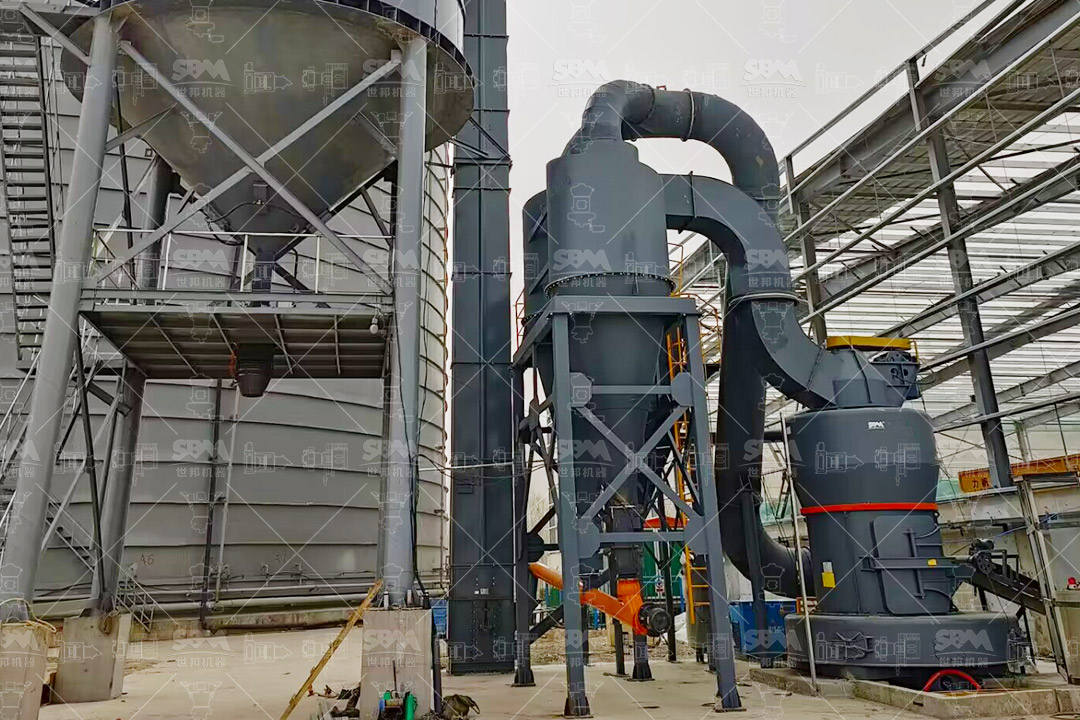Grinding mills are essential equipment in various industries, including mining, cement production, and chemical processing. These machines are subjected to extreme conditions, including high impact, abrasion, and corrosion, which can lead to significant wear and tear. The service life of grinding mills is a critical factor in determining operational efficiency, maintenance costs, and overall productivity. One of the most effective ways to enhance the durability and longevity of these machines is through the use of wear-resistant materials. This article explores the role of wear-resistant materials in extending the service life of grinding mills, with a focus on advanced engineering solutions and innovative designs.
Grinding mills operate by reducing the size of raw materials through mechanical forces such as impact, compression, and attrition. During this process, the components of the mill, including grinding rollers, rings, liners, and other critical parts, are exposed to continuous friction and abrasive forces. Without proper protection, these components can wear out quickly, leading to frequent downtime, increased maintenance costs, and reduced grinding efficiency.
Wear-resistant materials are specifically designed to withstand these harsh conditions. They are engineered to exhibit high hardness, toughness, and resistance to abrasion and impact. By incorporating these materials into the design of grinding mills, manufacturers can significantly reduce the rate of wear, thereby extending the operational life of the equipment.

The development of wear-resistant materials has revolutionized the design and performance of grinding mills. These materials are typically alloys or composites that combine high hardness with exceptional toughness. Some of the most commonly used wear-resistant materials include:
High-chromium alloys are widely used in grinding mills due to their excellent abrasion resistance and durability. These alloys typically contain 15-30% chromium, which forms hard carbides that resist wear. They are commonly applied to grinding rollers, rings, and liners, where they can withstand the intense friction and impact forces encountered during operation.
Ceramic composites offer superior hardness and wear resistance compared to traditional metallic materials. They are often used as liners or coatings in grinding mills to protect critical components from abrasion. Ceramic composites are particularly effective in applications involving highly abrasive materials, such as quartz or granite.
Hardfacing involves applying a layer of wear-resistant material to the surface of components through welding or thermal spraying. This technique allows for the restoration of worn parts and the enhancement of their wear resistance. Hardfacing is commonly used on grinding rollers, hammers, and other high-wear components.

Our company’s SCM Ultrafine Mill exemplifies the integration of wear-resistant materials to enhance durability and performance. This mill is designed for producing fine and ultrafine powders with a output fineness ranging from 325 to 2500 mesh (D97 ≤ 5μm). The key to its longevity lies in the use of special material rollers and grinding rings, which are engineered to withstand the extreme conditions of ultrafine grinding.
| Model | Processing Capacity (ton/h) | Main Motor Power (kW) | Output Fineness (mesh) |
|---|---|---|---|
| SCM800 | 0.5-4.5 | 75 | 325-2500 |
| SCM900 | 0.8-6.5 | 90 | 325-2500 |
| SCM1000 | 1.0-8.5 | 132 | 325-2500 |
| SCM1250 | 2.5-14 | 185 | 325-2500 |
| SCM1680 | 5.0-25 | 315 | 325-2500 |
Another exemplary product from our company is the MTW Series Trapezium Mill, which incorporates advanced wear-resistant designs to ensure long-term reliability. This mill is capable of handling input sizes up to 50mm and producing powders with fineness ranging from 30 to 325 mesh.
| Model | Processing Capacity (ton/h) | Main Motor Power (kW) | Output Fineness (mesh) |
|---|---|---|---|
| MTW110 | 3-9 | 55 | 10-325 |
| MTW138Z | 6-17 | 90 | 10-325 |
| MTW175G | 9.5-25 | 160 | 10-325 |
| MTW215G | 15-45 | 280 | 10-325 |
The use of wear-resistant materials in grinding mills has a significant economic impact. By reducing the frequency of component replacements and maintenance, these materials help minimize downtime and operational costs. Additionally, the enhanced durability of wear-resistant components ensures consistent grinding performance, leading to higher product quality and increased productivity.

The future of wear-resistant materials in grinding mills lies in the development of advanced composites and smart materials. Researchers are exploring the use of nanomaterials, self-healing coatings, and adaptive materials that can respond to changing operational conditions. These innovations promise to further extend the service life of grinding mills and enhance their performance in demanding applications.
Wear-resistant materials play a crucial role in extending the service life of grinding mills. By incorporating advanced alloys, ceramics, and innovative designs, manufacturers can significantly enhance the durability and performance of these machines. Our company’s SCM Ultrafine Mill and MTW Series Trapezium Mill are prime examples of how wear-resistant materials can be effectively integrated into grinding mill design to achieve long-term reliability and efficiency. As technology continues to evolve, the development of new wear-resistant materials will further revolutionize the grinding industry, enabling even greater operational savings and productivity gains.